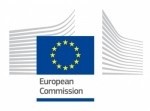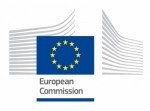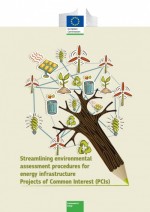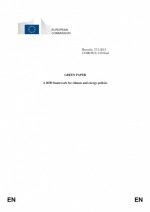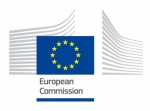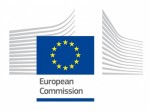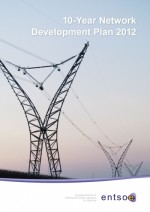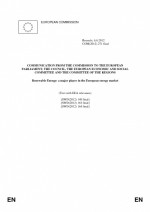20 Nov 2013: Projects of Common Interest in Energy (PCIs)
The energy infrastructure package identifies 12 priority corridors and areas, and defines a procedure and criteria for projects to become a Project of Common Interest (PCI). These are key infrastructure projects which will help Member States to physically integrate their energy markets, enable them to diversify their energy sources and help bring an end to the energy isolation some of them are facing. In addition, they will enable the power grid to cope with increasing amounts of electricity generated from renewable energy sources and consequently help reduce CO2 emissions.
Based on an open consultation process the first EU-wide list of PCIs was established on 14/10/2013 and will be updated every two years. The list is mainly made up of projects in high-voltage transmission infrastructure, but there are few pumped hydro projects, grid-scale battery-storage and smart grid projects. The projects will benefit from the possibility to receive support from the Connecting Europe Facility (grants for feasibility studies are available to all technologies); accelerated planning and permit granting procedures; a single national competent authority; less administrative costs as well as increased transparency and improved public participation. On 20/11/2013 the Commission published an update to the list, also providing further technical information on the listed projects.

